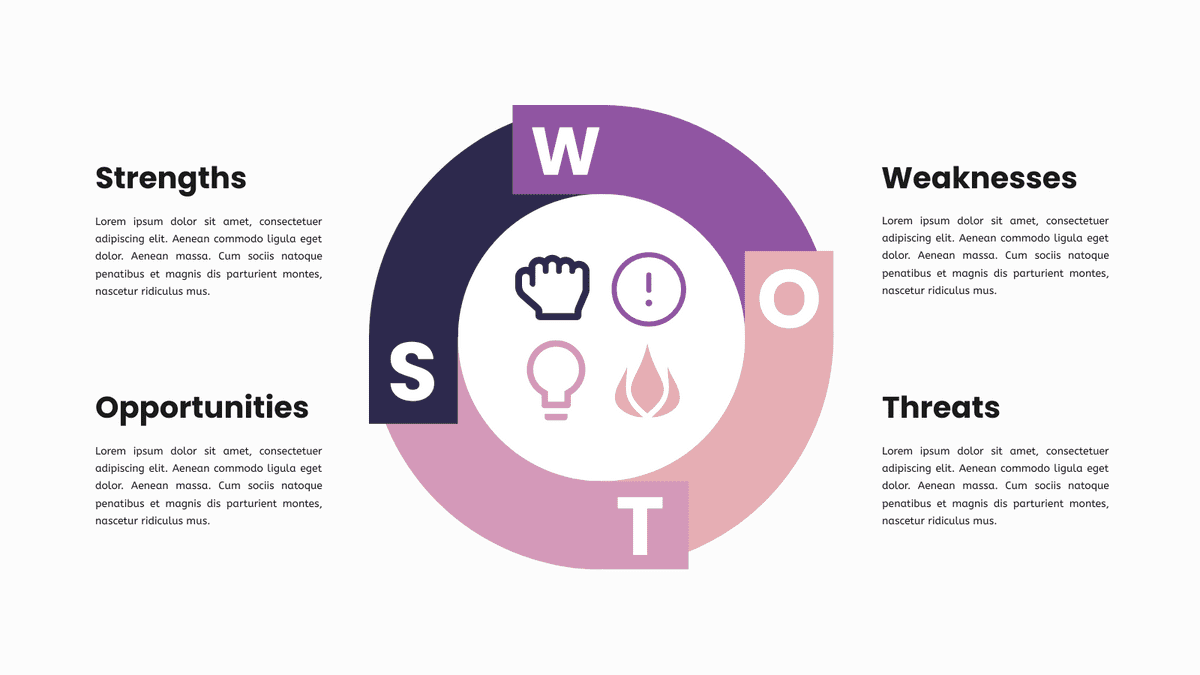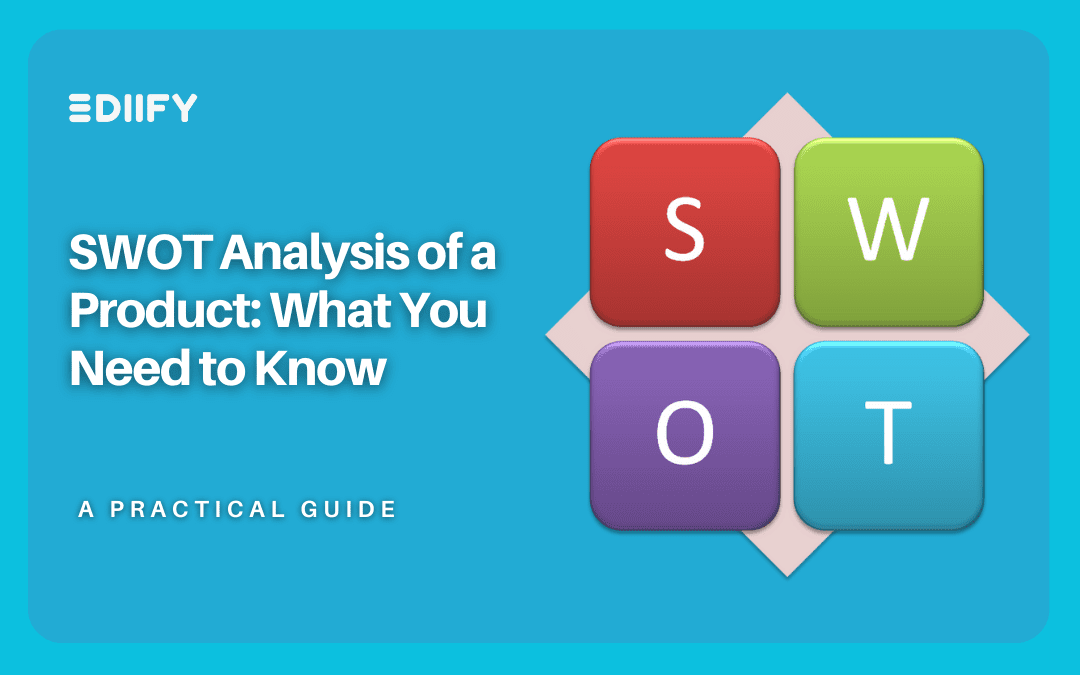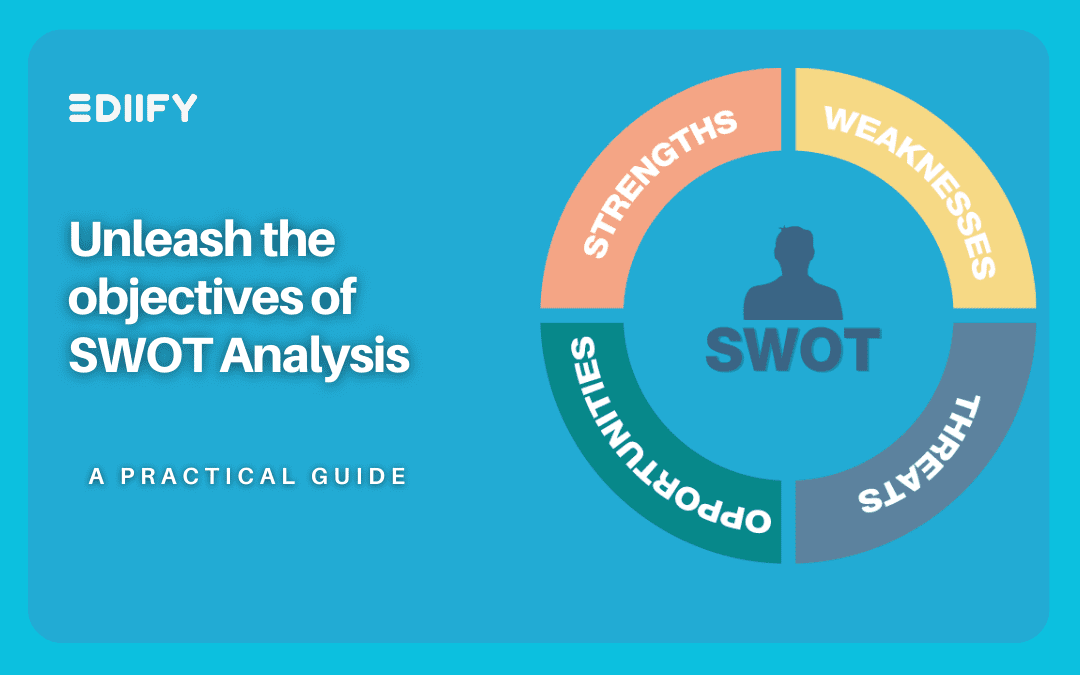
SWOT Analysis of Event Management: A Comprehensive Guide
Jan 25, 2024 | EDIIFY Blogs
Introduction:
Event management is a complex craft that involves coordinating every detail to ensure a seamless and memorable experience for attendees. Whether orchestrating corporate conferences, weddings, or music festivals, event managers play a pivotal role in bringing visions to life. To gain a deeper understanding of the dynamics in the world of event management, a SWOT analysis proves to be an invaluable tool. This analysis explores the Strengths, Weaknesses, Opportunities, and Threats that shape the landscape of event management.

Strengths:
- Creativity and Innovation: Event managers excel in creativity, consistently pushing boundaries to deliver unique and engaging experiences. The ability to think outside the box is a significant strength in an industry where originality is highly valued.
- Experience and Expertise: Successful event managers possess a wealth of experience and industry knowledge. This expertise allows them to navigate challenges efficiently, drawing on past successes and learning from setbacks.
- Network and Relationships: Building and maintaining strong relationships with vendors, venues, and other stakeholders is a key strength. A robust network enhances the ability to negotiate favorable deals, secure prime locations, and access resources efficiently.
- Adaptability: The event industry is dynamic and subject to rapid changes. Event managers excel in adapting to unforeseen circumstances and adjusting plans without compromising the overall quality of the event.
Take a look at the below blog on the ultimate guide to identifying competitors of a company
https://ediify.com/project/the-ultimate-guide-to-identifying-competitors-of-a-company/
Weaknesses:
- Dependence on External Factors: Events are often influenced by external factors such as weather, economic conditions, and geopolitical events. This dependence can be a weakness as it introduces an element of unpredictability.
- High Stress Levels: The high-pressure nature of event management can lead to stress and burnout among professionals. This weakness may affect decision-making and overall performance.
- Budget Constraints: Event managers frequently operate within tight budgets. The challenge lies in delivering exceptional events while managing costs effectively. Failure to do so can result in financial strain and compromise the quality of the event.
- Client Expectations: Meeting and exceeding client expectations is both a strength and a weakness. Striking the right balance and managing unrealistic expectations can be challenging, especially when clients have grand visions that may be logistically difficult to execute.
Take a view at the below blog The Benefits of swot analysis
https://ediify.com/the-benefits-of-swot-analysis-for-your-business/
Opportunities:
- Technological Advancements: The event management industry can leverage emerging technologies such as virtual reality, augmented reality, and event management software to enhance the attendee experience and streamline organizational processes.
- Global Expansion: With the rise of virtual events and increased connectivity, event management companies have the opportunity to expand their reach globally, reaching a broader audience and tapping into new markets.
- Sustainability Focus: As sustainability becomes a growing concern, event managers can capitalize on the opportunity to create eco-friendly events, reducing environmental impact and appealing to a socially conscious audience.
- Collaborations and Partnerships: Collaboration with complementary businesses, influencers, and brands presents opportunities for cross-promotion and the creation of unique, mutually beneficial events.
Take a look at the below blog on the impact of swot analysis
https://ediify.com/the-impact-of-swot-analysis-on-company-performance/
Threats:
- Competitive Market: The event management industry is highly competitive, with new players entering the market regularly. Established firms must stay innovative to retain their market share.
- Economic Downturns: Economic fluctuations can impact event budgets and attendance. During economic downturns, companies and individuals may cut back on event spending, posing a threat to the industry.
- Legal and Regulatory Challenges: Navigating through legal and regulatory frameworks, especially concerning permits, licenses, and safety regulations, can be challenging. Non-compliance poses a significant threat to event managers.
- Technological Risks: Relying heavily on technology introduces the risk of technical glitches, cyber threats, and data breaches, all of which can disrupt events and damage the reputation of event management companies.
Take a view at the below blog the components of swot analysis
https://ediify.com/components-of-swot-analysis-a-comprehensive-guide/
Conclusion:
In the dynamic world of event management, a comprehensive SWOT analysis serves as a strategic compass, guiding professionals through the complexities and uncertainties. Recognizing and leveraging strengths, addressing weaknesses, capitalizing on opportunities, and mitigating threats are crucial steps toward not just surviving but thriving in this ever-evolving industry. As the events landscape continues to transform, event managers armed with a clear understanding of their SWOT analysis are better equipped to navigate challenges and create exceptional experiences for their clients and attendees.














